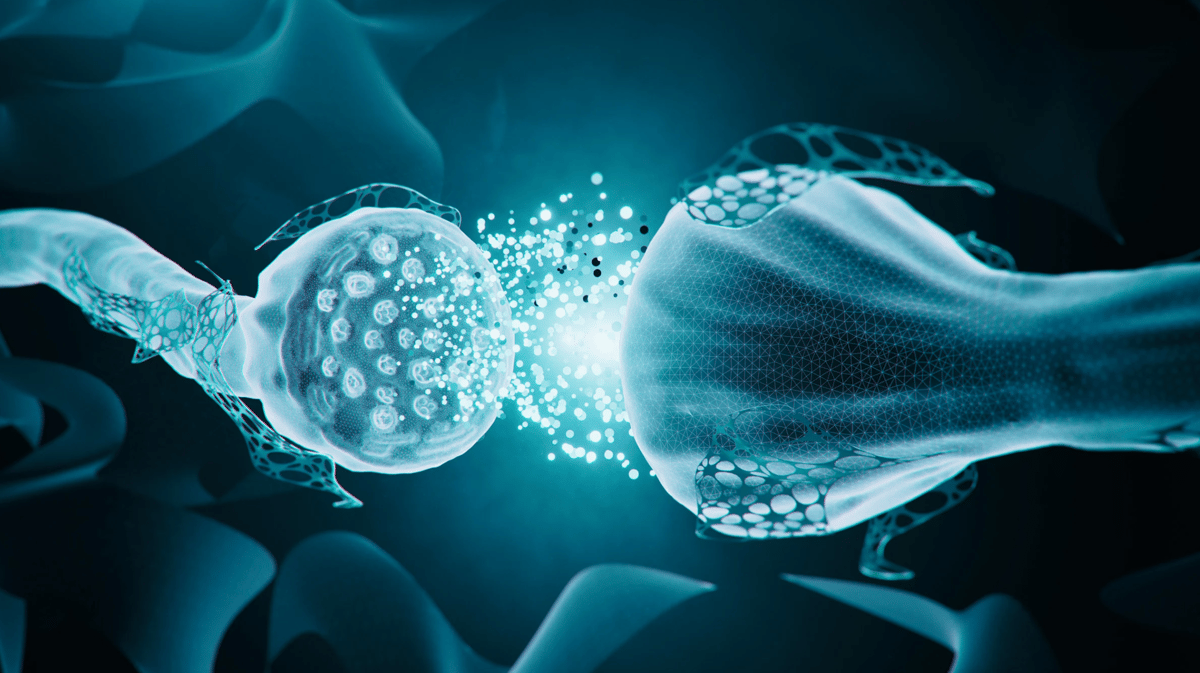Introduction to the 2024 Regulations The Merchant Shipping (Carriage of Dangerous Goods and Harmful...
Hazardous Materials Management with a Nano Twist: Exploring Nanotechnology

Nanotechnology, the manipulation of matter at the atomic and molecular scale, holds immense potential for revolutionising the way we interact with hazardous materials. From enhanced detection and remediation methods to improved protective gear, the application of nanotechnology offers a spectrum of opportunities for mitigating risks associated with hazardous materials. However, alongside these opportunities lie potential risks and uncertainties that warrant careful examination. In this blog, we'll delve into the realm of nanotechnology in hazardous materials, exploring its applications, benefits, and the imperative need to address associated risks.
Welcome to the fascinating world of nanotechnology, where science meets the microscopically small to create big impacts. Nanotechnology is like the magic wand of the scientific world, allowing us to manipulate materials at the tiniest scale imaginable—the nanoscale. Picture this: while you're sipping your morning coffee, scientists are busy rearranging atoms and molecules to craft materials with extraordinary properties and functionalities. Understanding the basics of nanotechnology is like unlocking the secrets of a microscopic universe, where even the smallest changes can lead to monumental transformations.
Applications of Nanotechnology in Hazardous Materials:
Now that we've dipped our toes into the nanoscale realm, let's explore its applications in managing hazardous materials. Nanotechnology isn't just about creating cool gadgets; it's about solving real-world problems, like detecting, repairing, and containing hazardous substances. Imagine nanosensors acting as tiny sentinels, patrolling our environment for traces of harmful chemicals in real-time. Or nanomaterials swooping in like microscopic superheroes to decontaminate polluted sites with unparalleled efficiency. And let's not forget about nanocomposites, the Swiss Army knives of protective gear, offering lightweight yet impenetrable defense against hazardous substances. With nanotechnology, the possibilities are as vast as the nanoscale itself.
Benefits and Opportunities:
Whilst traditional detection methods stumble in the dark, nanotechnology shines a spotlight on even the tiniest traces of danger with unparalleled sensitivity and selectivity. And when it comes to repair, nanotechnology doesn't just clean up spills; it performs a meticulous dance of molecular-level sorcery, turning hazardous substances into harmless byproducts ease.
Risks and Challenges:
Despite its potential benefits, nanotechnology in hazardous materials also raises concerns regarding safety, environmental impact, and regulatory oversight. Once released into the wild, they can behave mischievously, wreaking havoc on unsuspecting ecosystems and potentially causing harm to living organisms. And let's not forget about the regulatory maze, where navigating the rules and regulations governing nano-materials feels like embarking on an epic quest with no clear path to victory. But by acknowledging the risks and proactively addressing them, we can harness the full potential of nanotechnology while ensuring the safety of all.
Future Directions and Ethical Considerations:
As we gaze into the crystal ball of nanotechnology's future in hazardous materials management, it's essential to consider the vast array of possibilities and ethical dilemmas that accompany scientific progress. nanotechnology revolutionises how we handle dangerous substances, offering innovative solutions to complex challenges in environmental protection, healthcare, and beyond. Yet, with this incredible power comes a profound responsibility to use it wisely and ethically.
How can we ensure that the benefits of nanotechnology are equitably distributed across society? What safeguards must be put in place to prevent misuse or unintended consequences? These are not easy questions, but they are essential ones if we are to harness the full potential of nanotechnology while minimising potential risks.
What do you see as the most pressing ethical considerations surrounding the use of nanotechnology in our quest for safer and more sustainable solutions?
Learn to Professionally Handle Transportation of Dangerous Goods
Do you want to equip yourself with the knowledge to ensure responsible transportation practices for dangerous goods?
Don't wait—start learning now and make a difference because you will be empowered with the knowledge of handling transportation of hazardous or dangerous goods, covering essential topics such as regulations, cross-border challenges, and country-specific requirements.



